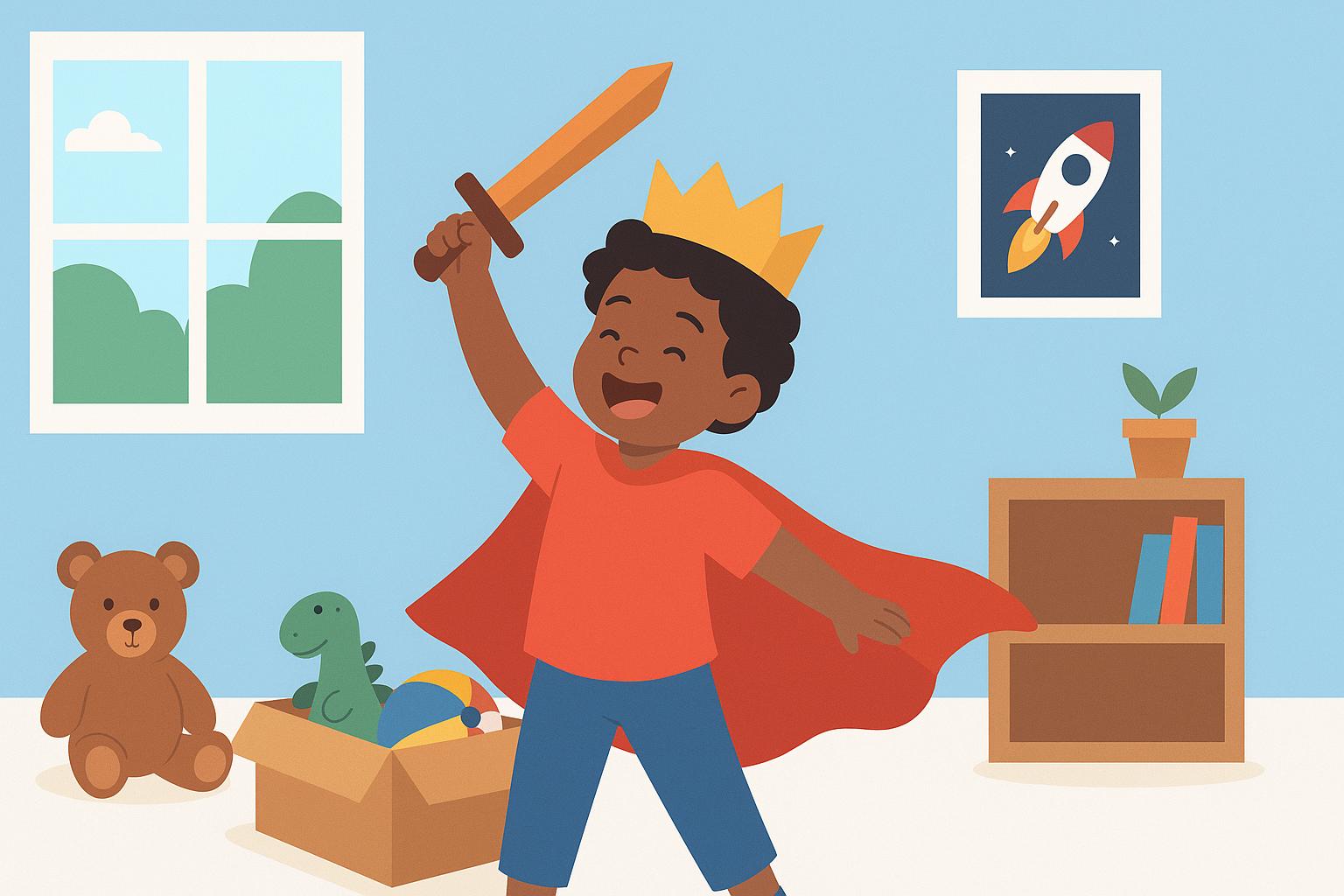When children imagine new worlds, invent stories, or create games out of thin air, they’re doing more than just playing. Creativity is a vital part of childhood development, helping kids grow into confident learners, problem solvers, and future innovators.
Creativity Builds Critical Thinking and Problem-Solving
Creative play pushes children to think outside the box. Whether they’re inventing characters or coming up with scenarios in a story, they learn to approach challenges with flexibility and adaptability. Research shows that imaginative play helps children develop executive functioning skills such as planning, decision-making, and self-regulation (Russ & Wallace, 2013).¹
Storytelling Ignites Literacy Growth
When kids tell or listen to stories, they naturally strengthen vocabulary, comprehension, and memory skills. Storytelling also makes reading feel less like homework and more like an adventure. According to the National Literacy Trust (2021),² children who engage with stories creatively are more likely to become motivated, lifelong readers.
Creativity Supports Emotional Growth
Through imaginative play, children learn empathy by putting themselves in someone else’s shoes. They also practice expressing emotions in safe, creative ways. This helps them build confidence and social skills that extend beyond the classroom (Hoffmann & Russ, 2012).³
Preparing Kids for the Future
The World Economic Forum lists creativity among the top five skills children will need to succeed in the future workforce (WEF, 2020).⁴ Encouraging creativity early helps children not only thrive academically but also prepare for a rapidly changing world where adaptability is key.
Conclusion
Creativity is more than a quality kids express when playing games — it’s a cornerstone of healthy development. By encouraging imaginative play, storytelling, and open-ended exploration, parents and teachers can give children the tools to grow into curious, resilient, and empathetic individuals. Supporting creativity today lays the foundation for a lifetime of learning and possibility.
References
- Hoffmann, J., & Russ, S. (2012). Pretend play, creativity, and emotion regulation in children. Psychology of Aesthetics, Creativity, and the Arts, 6(2), 175–184.
- National Literacy Trust. (2021). Children and young people’s reading engagement.
- Russ, S., & Wallace, C. (2013). Pretend play and creative processes. American Journal of Play, 6(1), 136–148.
- World Economic Forum. (2020). The Future of Jobs Report.

 All Posts
All Posts
